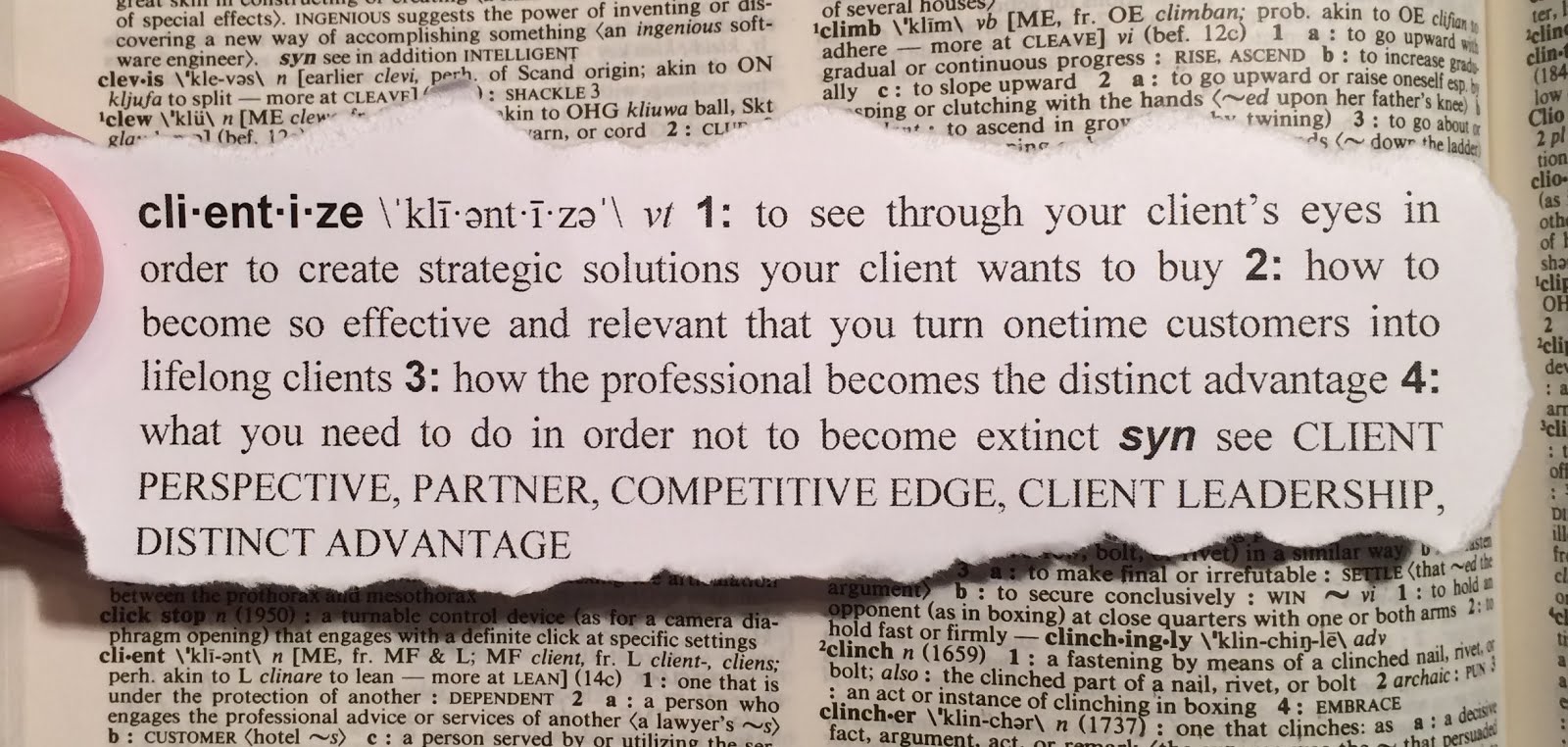- Show up earlier than anyone in the office.
- Be the last to leave. Get a reputation as the one first in and last out (FILO).
- Never play games on the computer - ever.
- Never search the Internet - even after hours, look at eBay or type responses to blogs.
- If you have to make a personal call, step outside at lunch or on a break.
- Be the one who goes over their work three times before turning it in.
- Remember spell checker is free! And poor grammar can kill.
- Don't be a messenger of bad tidings (all the time).
- When asked how things are going, say "Excellent!"
- Look and act like the CEO. Dress the part. Dress one step above the person you are reporting to. Act so professional, in speaking and in manner.
Sloughing things off - sometimes - may be rationalized away by you. But in the client's mind, they contribute nothing to their project. The appearance of sloughing off can give the appearance of poor quality and a lack of caring. And seen once goofing off - undermines everything you have been trying to build.
Manage how the client perceives you. When you do a good job of this, they will think they received more than their money's worth. Work hard to be viewed as one who provides a high quality service and that is committed to making clients satisfied. Doing so will indeed make for happy clients. And, happy clients provide repeat business.

 No client wants to be upstaged. Worse, is the fear of looking bad. Every consultant or professional, providing high-level solutions, needs to insure the client he or she will not be embarrassed if they hire you for a project.
No client wants to be upstaged. Worse, is the fear of looking bad. Every consultant or professional, providing high-level solutions, needs to insure the client he or she will not be embarrassed if they hire you for a project.

















